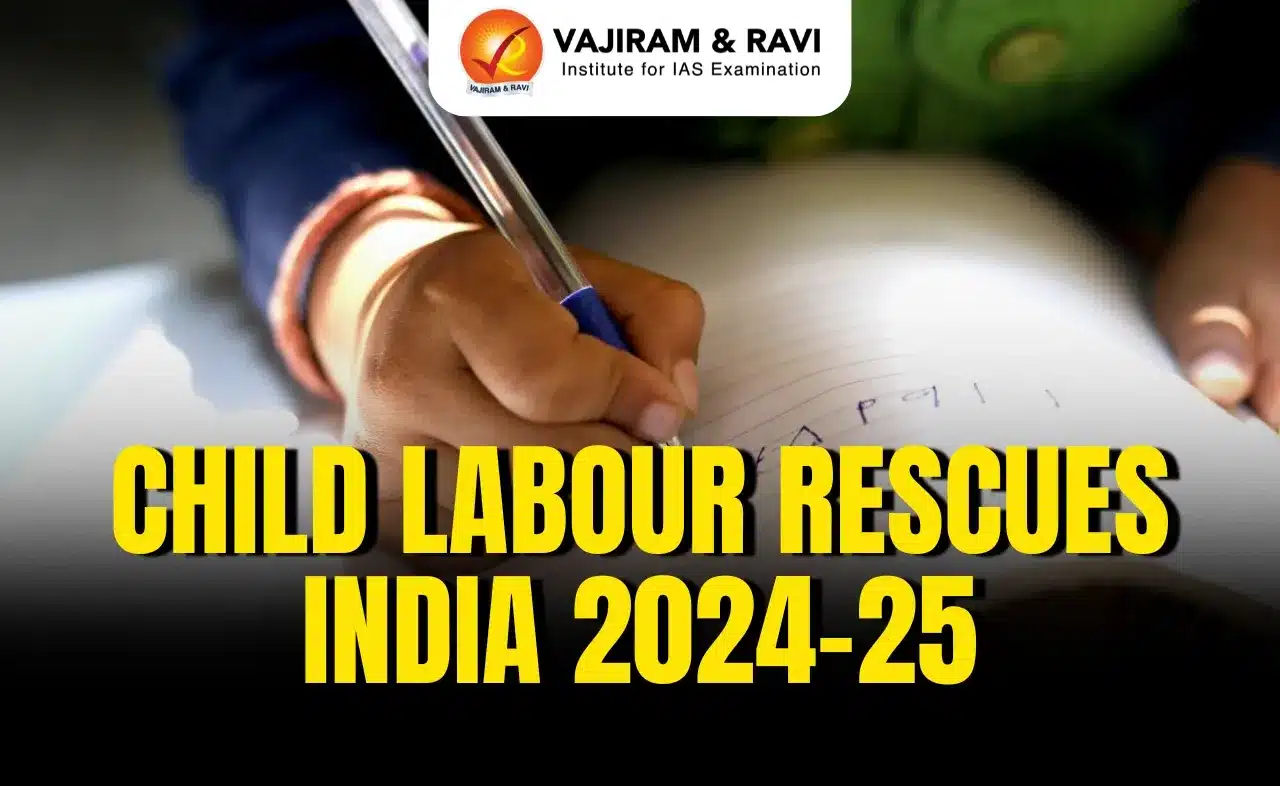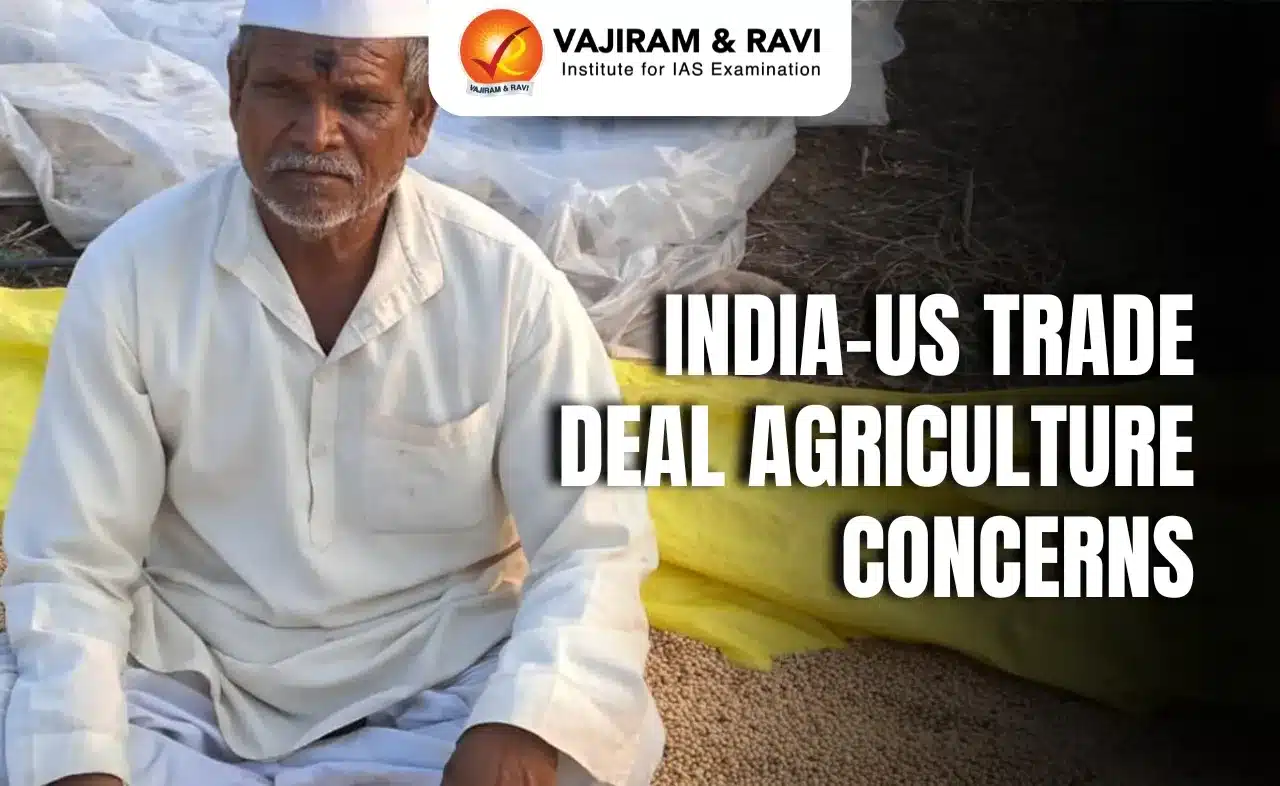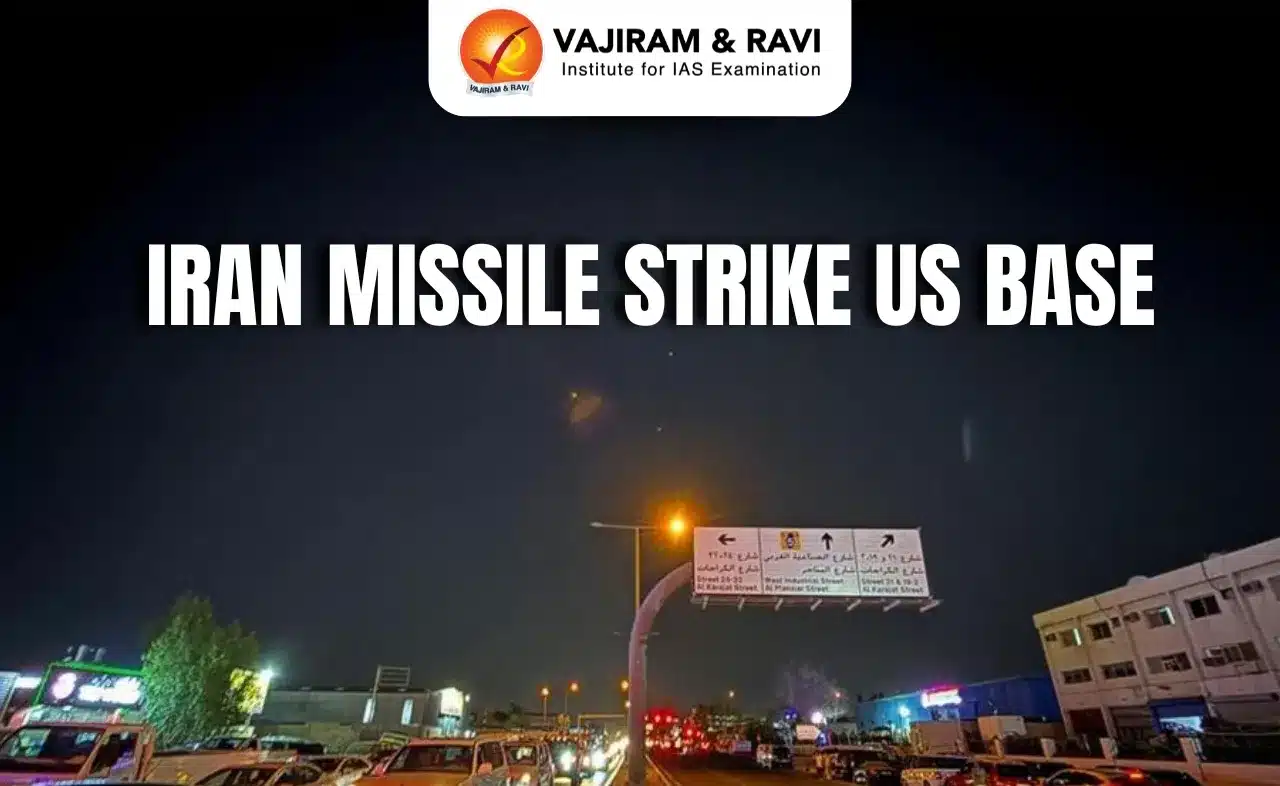What’s in today’s article?
- Why in News?
- Status of India’s FTAs
- What are the Stumbling Blocks for India’s FTA Negotiations?
- Discussions at the FTA Strategy Meet
- Suggestions for India at the FTA Strategy Meet
Why in News?
- A meeting was held to plan strategies for negotiating free trade agreements (FTAs) at a time when the Commerce and Industry Ministry is engaged in discussions on several trade agreements.
- In the meeting, the commerce secretary led the discussion on how to prevent resource overuse and efficiently manage workload.
Status of India’s FTAs:
- Trade and Economic Partnership Agreement (TEPA):
- India signed a TEPA with a 4-nation non-EU European Bloc of Iceland, Norway, Liechtenstein and Switzerland.
- The agreement included investment promotion, with European Free Trade Association (EFTA)countries promising $100bn investment in 15 years, as long as high GDPs and other economic factors remain.
- With UAE, Mauritius and Australia: During the last couple of years, the Commerce Ministry completed negotiations with UAE, Mauritius and a mini trade deal with Australia.
- The India-UK FTA: It has made some progress, but it is unclear if it can be signed now, because of elections in both countries.
- India-EU Bilateral Trade and Investment Agreement (BTIA):
- Negotiations for a BTIA began in 2007, but reached a deadlock in 2013 over a number of unresolved issues.
- Prospects for a BTIA dimmed further in 2017, when India terminated bilateral investment treaties (BIT) with dozens of countries, including most of the EU Member States.
- Reviewing a trade deal with ASEAN countries: With an eye on narrowing the trade gap, the Commerce Ministry is reviewing a trade deal with Association of Southeast Asian Nations (ASEAN) countries.
- Regional Comprehensive Economic Partnership (RCEP): In 2019, India also walked out of the RCEP – 15 nation Asian and Australian FTA.
- Talks with the Eurasian Economic Union (EEU): Following the general elections, the government has made indications that it intends to reopen talks with the EEU, which is led by Russia.
What are the Stumbling Blocks for India’s FTA Negotiations?
- The launch of India’s “Make in India” or “Atmanirbhar Bharat” policy is in opposition to discussions on free trade.
- The agriculture sector has always been protected by India, and the majority of FTAs completely ignore it.
- India argues for strict Rules of Origin provisions because it is worried that Chinese goods may flood the markets through FTAs with other countries.
- India is being compelled to accept more foreign patents as a result of the growing concern over intellectual property rights as nations turn to R&D as their main source of economic growth.
- Issues like human rights concerns and democratic freedoms are all permeating talks for the EU, EFTA, and now Canada.
- FTAs defeat the purpose of the WTO, and bypass global mechanisms for free trade.
Discussions at the FTA Strategy Meet:
- The discussions highlighted that relevant stakeholder consultations are essential for inclusive and supportive outcomes.
- It highlighted the importance of interdisciplinary support noting that successful negotiations require expertise in law, economics, data analytics and industry specific knowledge to enhance the negotiation process.
- Participants explored ways to utilise the resources of India’s embassies or missions abroad, which would help understand the regulatory regimes of partner countries.
- The global trend towards partial de-globalisation and the use of industrial policy as a cover for protectionism and geopolitics, plays an important role in shaping trade policies.
Suggestions for India at the FTA Strategy Meet:
- India should use FTAs to
- Build resilient supply chains,
- Focus on capacity building and interdisciplinary expertise, and
- Adapt to the current trend of partial de-globalisation and geopolitical influences.
- India should negotiate a dedicated chapter on Critical Minerals with such mineral-rich countries to protect India from abrupt disruption in the supply chain.
Evolution and drafting of SOP and documentational or institutional memory must be in place before beginning future negotiations.
Q.1. What is the Eurasian Economic Union (EEU)?
The EEU is an economic union of five post-Soviet states located in Eurasia. The Treaty on the EEU was signed on 29 May 2014 by the leaders of Belarus, Kazakhstan, and Russia, and came into force on 1 January 2015.
Q.2. What is the European Free Trade Association (EFTA)?
The EFTA is the intergovernmental organisation of Iceland, Liechtenstein, Norway and Switzerland. It was set up in 1960 for the promotion of free trade and economic integration between its members.
Source: FTA strategy meet: Trade ministry plans steps to prevent overstraining of resources
Last updated on June, 2025
→ UPSC Notification 2025 was released on 22nd January 2025.
→ UPSC Prelims Result 2025 is out now for the CSE held on 25 May 2025.
→ UPSC Prelims Question Paper 2025 and Unofficial Prelims Answer Key 2025 are available now.
→ UPSC Calendar 2026 is released on 15th May, 2025.
→ The UPSC Vacancy 2025 were released 1129, out of which 979 were for UPSC CSE and remaining 150 are for UPSC IFoS.
→ UPSC Mains 2025 will be conducted on 22nd August 2025.
→ UPSC Prelims 2026 will be conducted on 24th May, 2026 & UPSC Mains 2026 will be conducted on 21st August 2026.
→ The UPSC Selection Process is of 3 stages-Prelims, Mains and Interview.
→ UPSC Result 2024 is released with latest UPSC Marksheet 2024. Check Now!
→ UPSC Toppers List 2024 is released now. Shakti Dubey is UPSC AIR 1 2024 Topper.
→ Also check Best IAS Coaching in Delhi













